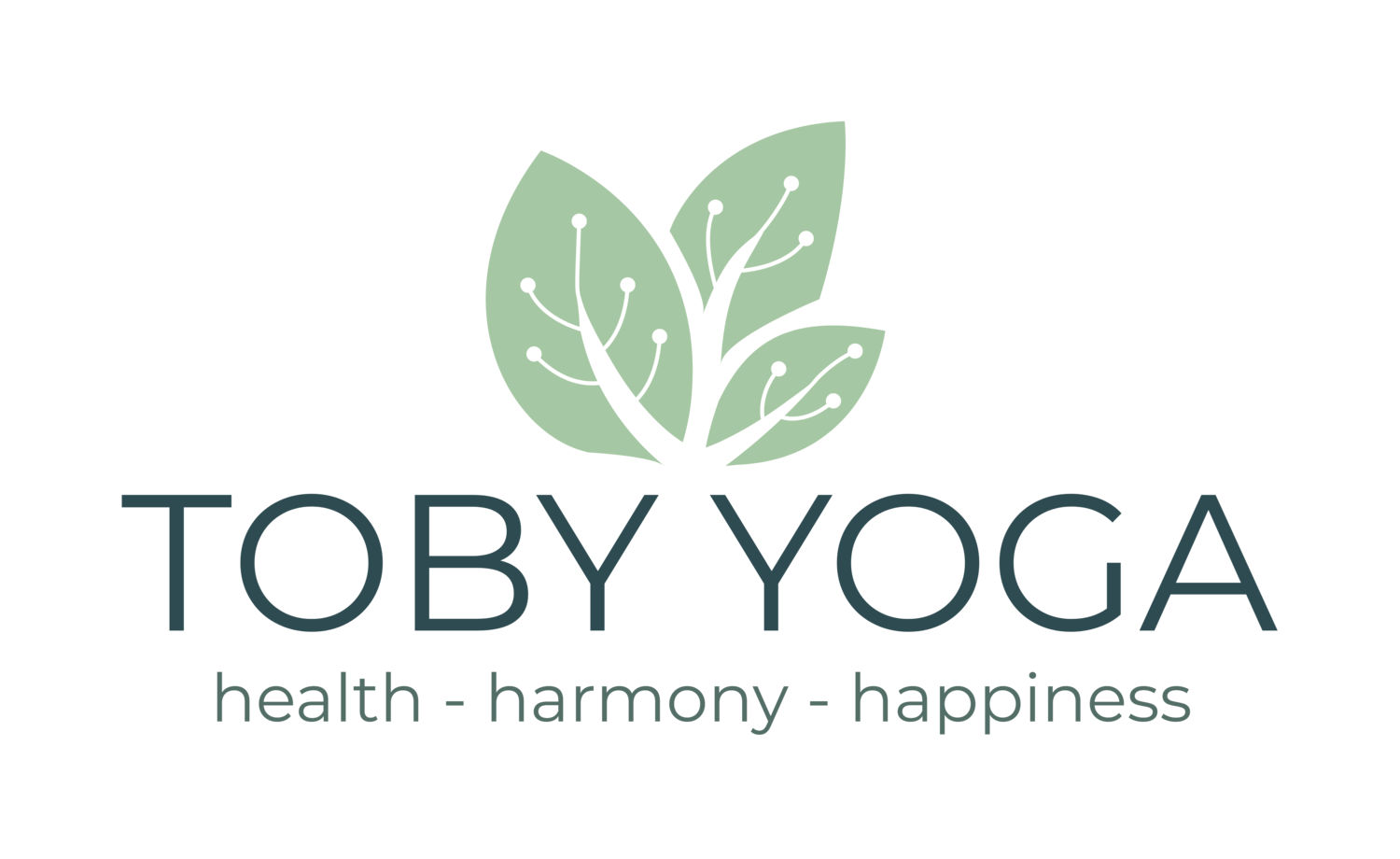In this month’s classes we’re working on recruiting and strengthening our core muscles.
The concept of core stability is very important in the practice of Dru Yoga. And in this article I’m going to look a little more closely at what exactly I mean when I talk about your core muscles.
We have two main types of muscles: stabilising (or postural muscles) and mobilising (or movement) muscles. The two need to work together to keep the body stable and with good posture to allow for safe and effective moment.
However, we can develop poor habits of posture. This can mean our deep stabilising muscles become over- or under- used and don’t function effectively. Without a stable base provided by these now weak and overstretched stabilising muscles, the mobilising muscles are forced to pick up the slack! (And none of us like having to do someone else’s job for on top of our own!) They become overworked by being constantly contracted and as a result often shorten, taking the body out of alignment.
So, core stability refers to the necessity and ability of the deep postural muscles to support and maintain our body in an optimum position. In other words, creating a strong and secure trunk (core) from which the limbs can move.
You could think of it like a tree, with a strong, solid trunk from which the branches are able to sway in the breeze without the whole thing being blown over.
As humans, lacking roots and bark our core requires the combined efforts of four muscle groups to create stability within our trunk (the lumbo pelvic) region around which other neighbouring muscles can move. These four muscle groups making up our core are:
· Diaphragm
· Pelvic floor muscles
· Transversus abdominis
· Lumbar multifidus
Imagine a cylinder with the diaphragm muscle at the top underneath the ribcage, the pelvic floor muscles at the base (running between the legs), transversus abdominis at the front (low-down in your tummy) and lumbar multifisus behind (running Christmas Tree shaped up the spine).
Other muscles are involved in stabilising the trunk of the body but these are the main one we will focus on.
These cores muscles should contract slightly before movements of the body and limbs. However, through faulty movement patterns this action can become impaired – the deep inner postural (core) muscles ‘switch off’ and to compensate the body starts to rely instead on the strong outer muscles that draw in the waist. This core instability causes the body to get out of alignment which can create disease and cause pain.
The transversus abdominius are found low down in the abdomen running down from below the navel to the groin in an inverted triangle shape. I like to think of it rather like a superhero’s briefs! It has an important stabilising function and is the deepest of the four abdominal muscle groups. When the body is in any position again gravity – bending forward, backwards or sideways – it is in a state of contraction. It also creates a stable base for the movement of a limb.
The lumbar multifidus group – which runs up the spine in a Christmas tree shape - works together with transversus abdominis to create a ‘muscle corset’ around the centre of the body. This stable ‘core’ supports the spine and ensures that excess strain is not put on other parts of the back, such as the joints, discs and ligaments.
The pelvic floor group of muscles make up the base of the deep, ‘muscle corset’. It consists of muscles, ligaments and fascia, and is the sling that supports the bladder and bowel (and in women the vagina and uterus.) It runs in-between the legs and attaches to the pubic bone in front and the coccyx at the back. Because pressure changes within the abdomen directly affect the pelvic floor it needs to be strong to withstand repeated increases in intra-abdominal pressure e.g. from coughing, sneezing, running and lifting weights. In addition, correct breathing is vital for pelvic floor function since the diaphragm and pelvic floor move together.
Correct use of the deep postural core stability muscles is fundamental of maintaining good body alignment.
If you haven’t already, watch the free video from the Dru Yoga’s online studio to see the core muscles at work.

